Do Toe Spacers Really Work? What the Research Actually Says
Do Toe Spacers Really Work? What the Research Actually Says
Time for some truth serum. With toe spacers everywhere from Amazon to Instagram ads, let's cut through the marketing hype and see what actual scientists have discovered.
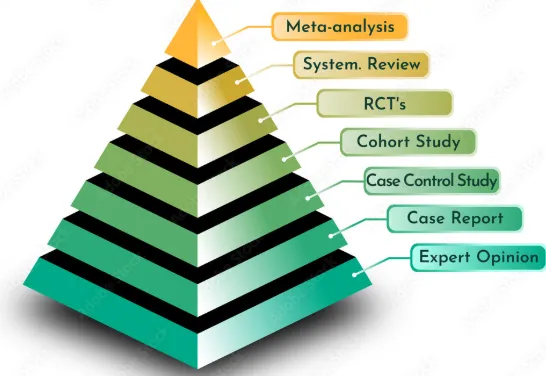
The Research Reality Check
Here's what might surprise you: toe spacers aren't a one-size-fits-all miracle cure. The research shows they work brilliantly for some conditions, show promise for others, and have zero evidence for many of the claims you see online.
Let's break down what we actually know, condition by condition.
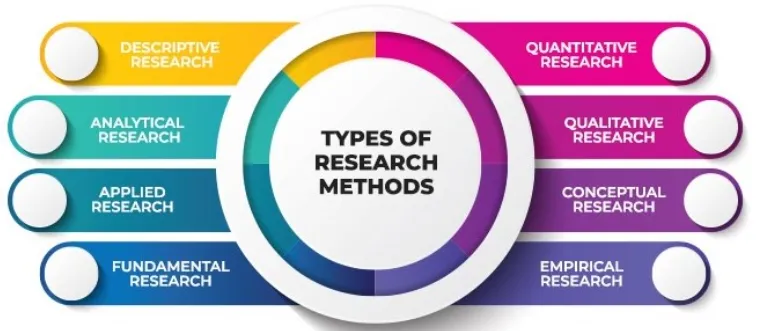
Bunions (Hallux Valgus): Where the Evidence is Strongest
When it comes to bunions, toe spacers have their moment to shine—but maybe not in the way you'd expect.
The Good News: Pain Relief is Real
Multiple systematic reviews consistently show that toe spacers are valuable for managing bunion pain. A 2008 study found that people with bunions who used toe spacers for three months experienced significant pain reduction.
But here's the plot twist...
The Reality Check: No Structural "Cure"
That same study revealed something crucial: while pain decreased, the actual bunion angle didn't change significantly. In other words, toe spacers made people feel better, but they didn't "fix" or reverse the bone deformity.
🔍 What This Means: Toe spacers for bunions are like a really good painkiller that doesn't mask symptoms—they actually address the pressure and alignment issues causing discomfort. But they're not performing structural surgery on your bones.
The Game-Changer: Exercise + Spacers
Here's where it gets interesting. Network meta-analyses (studies that compare multiple treatments) found something significant: combining toe spacers with specific exercises was among the most effective non-surgical approaches for actually improving bunion angles.
This suggests toe spacers might work best as a "workout buddy" for your toes rather than a standalone solution.
💡 Think of it This Way: Toe spacers alone are like stretching a tight muscle. Helpful, but temporary. Toe spacers plus strengthening exercises are like physical therapy—they can create lasting change.
If you're dealing with bunions specifically, there's a detailed evidence-based guide for bunion management that explores this research in depth.
Post-Surgery: The Supporting Actor Role
Toe spacers also have a well-documented role after bunion surgery, helping maintain the corrected position during healing. Think of them as a "cast" for your toes during recovery.
Lesser Toe Problems: Promising but Needs More Research
For hammertoes, claw toes, and similar deformities, the story gets more complex.
The Mechanical Logic
The reasoning is sound: toe spacers can provide gentle, continuous stretching to contracted tissues while reducing pressure points that cause pain. For flexible deformities (ones that aren't rigidly "stuck"), this approach makes biomechanical sense.
The Evidence Gap
Here's the frustrating part: despite being widely recommended by clinicians, we don't have robust, large-scale studies specifically proving long-term effectiveness for hammertoes. The current support comes more from established principles and clinical experience than from gold-standard research.
🎯 Translation: Your podiatrist might recommend toe spacers for hammertoes based on solid reasoning and patient success stories, but we're still waiting for the big research studies to catch up.
Morton's Neuroma: Theory Meets Practice
Morton's neuroma—that sharp, burning pain between your toes—has a logical connection to toe spacers.
The Mechanical Fix
The condition involves nerve compression between your metatarsal bones. By spreading the toes, spacers also gently separate these bones, creating more space for the pinched nerve. It's like taking pressure off a kinked garden hose.
The Research Reality
Some experts consider toe spacers "extremely helpful" for nerve irritation in the forefoot. However, we don't have specific clinical trials that have isolated and tested spacers as a primary treatment for Morton's neuroma.
The support is mostly theoretical and anecdotal—which doesn't mean it's wrong, just that science hasn't caught up with practice yet.
The Big Marketing Myths: What ISN'T Proven
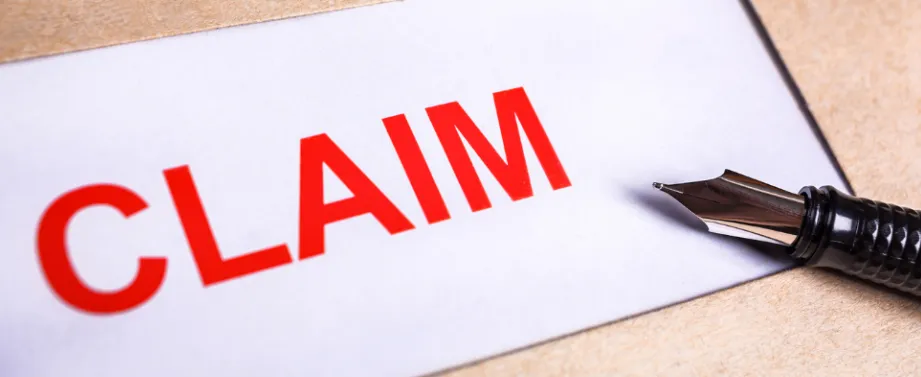
Time to bust some bubbles with conditions where the evidence just isn't there. For a complete breakdown of these myths, see our comprehensive myth-busting guide.
Plantar Fasciitis: The Evidence-Free Zone
You'll find countless websites claiming toe spacers treat plantar fasciitis (heel pain). The supposed mechanisms include "improving foot mechanics" and "restoring natural arch support."
The scientific reality? There's essentially no peer-reviewed evidence supporting these claims. Comprehensive reviews on toe spacer applications focus on bunions and nerve conditions—plantar fasciitis doesn't make the list.
🚨 Red Flag Alert: When you see toe spacers marketed for plantar fasciitis, you're looking at marketing creativity, not medical evidence.
Athletic Performance: The Hype vs. Reality
The claim that toe spacers improve balance and athletic performance sounds logical—wider base equals better stability, right?
The research tells a different story. A 2023 study on young, healthy, active people found that toe spacers had no significant effect on dynamic balance or ankle range of motion.
While one study did show improved balance when using spacers with minimalist shoes, the researchers themselves noted significant limitations, making it hard to generalize the findings.
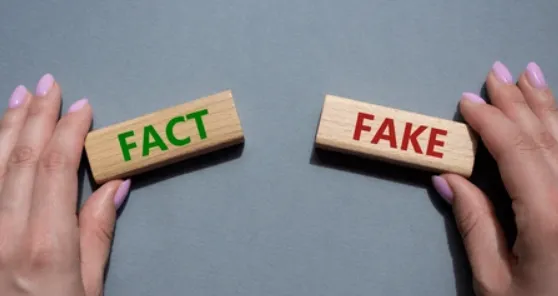
⚖️ Bottom Line: The "proven performance enhancement" claims are getting ahead of the science. The theory makes sense, but the evidence isn't there yet.
The Surprising Applications: Where Research is Emerging
Some of the most interesting research is happening in unexpected areas.
Stroke Recovery: Early Promise
Studies show toe spacers can immediately reduce involuntary toe curling (tonic flexion reflex) in stroke patients and significantly improve walking speed and rhythm. This suggests potential neurological rehabilitation applications.
Skin and Wound Care: Practical Benefits
Toe spacers have documented benefits for:
- Interdigital corns (those painful spots between toes)
- Fungal infections (by improving air circulation)
- Specific diabetic foot ulcers (under strict medical supervision)
These applications make perfect mechanical sense and have clinical support.
The Quality Question: Not All Spacers Are Created Equal
Here's something most people don't realize: the type of toe spacer matters significantly.
Material Makes a Difference
One fascinating study found that soft toe spacers increased certain muscle activity during walking, while hard spacers decreased it. The material actually produced opposite biomechanical effects.
Active vs. Passive Use: The Great Divide
There's a crucial distinction between spacers designed for:
- Active use (worn inside appropriate shoes during walking/running)
- Passive use (worn only while resting)
The greatest potential for change likely occurs during weight-bearing activities, making "active" spacers potentially more effective.
When you're ready to choose products, our evidence-based toe spacer recommendations can help you select options that align with research findings.
Custom vs. Generic: Precision Matters
Custom-molded spacers created by podiatrists can target specific pressure points with precision. This is completely different from a generic, one-size-fits-all approach.
Some practitioners are even using 3D scanning and printing to create personalized toe spacers—a far cry from the generic silicone products flooding the market.
🎯 Precision Medicine: Would you expect generic reading glasses to work as well as a prescription pair? The same principle applies to orthotic devices.
The Research Hierarchy: Understanding Evidence Quality

When evaluating toe spacer claims, it helps to understand the evidence hierarchy:
🥇 Gold Standard: Systematic reviews and large randomized controlled trials
- Best evidence: Bunion pain management
🥈 Silver Standard: Smaller studies and strong mechanical reasoning
- Good evidence: Morton's neuroma, hammertoe management
🥉 Bronze Standard: Theoretical plausibility and anecdotal reports
- Limited evidence: Balance improvement, some athletic claims
❌ No Medal: Marketing claims without peer-reviewed support
- No evidence: Plantar fasciitis treatment, permanent structural correction
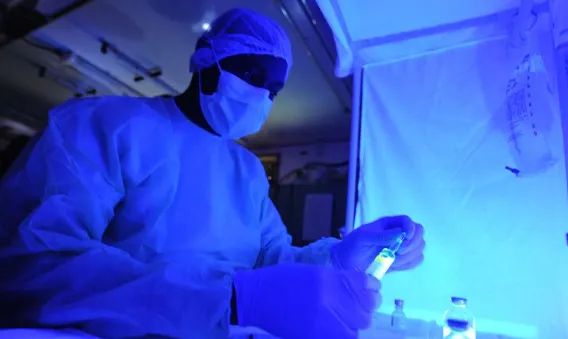
The Synergy Factor: Why Combination Approaches Win
The most compelling research finding might be this: toe spacers appear to work best as part of a comprehensive approach, not as a standalone solution.
The combination of targeted exercises + appropriate footwear + toe spacers consistently shows better results than any single intervention alone. This is why building a complete foot health program is so important.
🔄 The Synergy Effect: Think of toe spacers as creating the optimal environment for your exercises to work more effectively, rather than as a passive cure.
What This Means for You
Based on the current evidence:
✅ Toe spacers are well-supported for:
- Bunion pain management (as part of comprehensive care)
- Post-surgical toe alignment maintenance
- Interdigital skin problems
⚠️ Toe spacers show promise but need more research for:
- Hammertoe management
- Morton's neuroma relief
- Stroke rehabilitation support
❌ Toe spacers lack evidence for:
- Plantar fasciitis treatment
- Guaranteed athletic performance enhancement
- Permanent structural correction of bone deformities
The Bottom Line
The research on toe spacers reveals a nuanced picture: they're genuinely helpful for specific conditions when used appropriately, but they're not the universal foot cure that marketing would have you believe.
The strongest evidence supports their use as part of a comprehensive foot health strategy, particularly for bunion management and certain skin conditions. For other applications, the jury is still out—though that doesn't mean they won't help you personally.
🎯 Key Takeaway: Toe spacers work best when your expectations align with the evidence. They're a valuable tool in the foot health toolkit, but they're not magic.
Coming up next: We'll dive deep into bunions specifically—the condition with the most research behind toe spacer use. Get ready for some myth-busting about what spacers can and can't do for that bump on your big toe.
About This Article: This analysis is based on peer-reviewed research and systematic reviews. Individual results may vary, and this information doesn't replace professional medical advice. Always consult a podiatrist for persistent foot problems.
Comments
Post a Comment